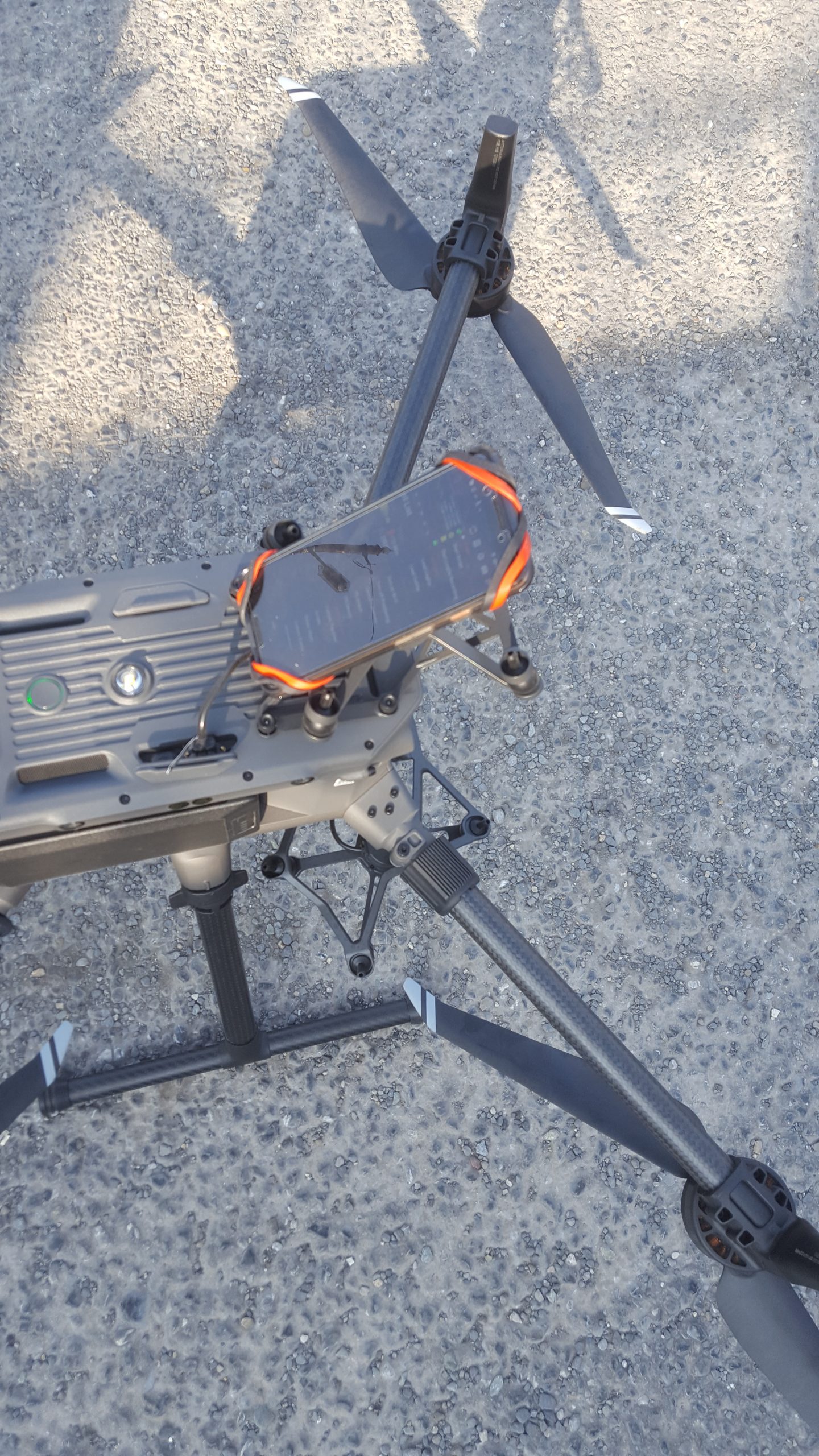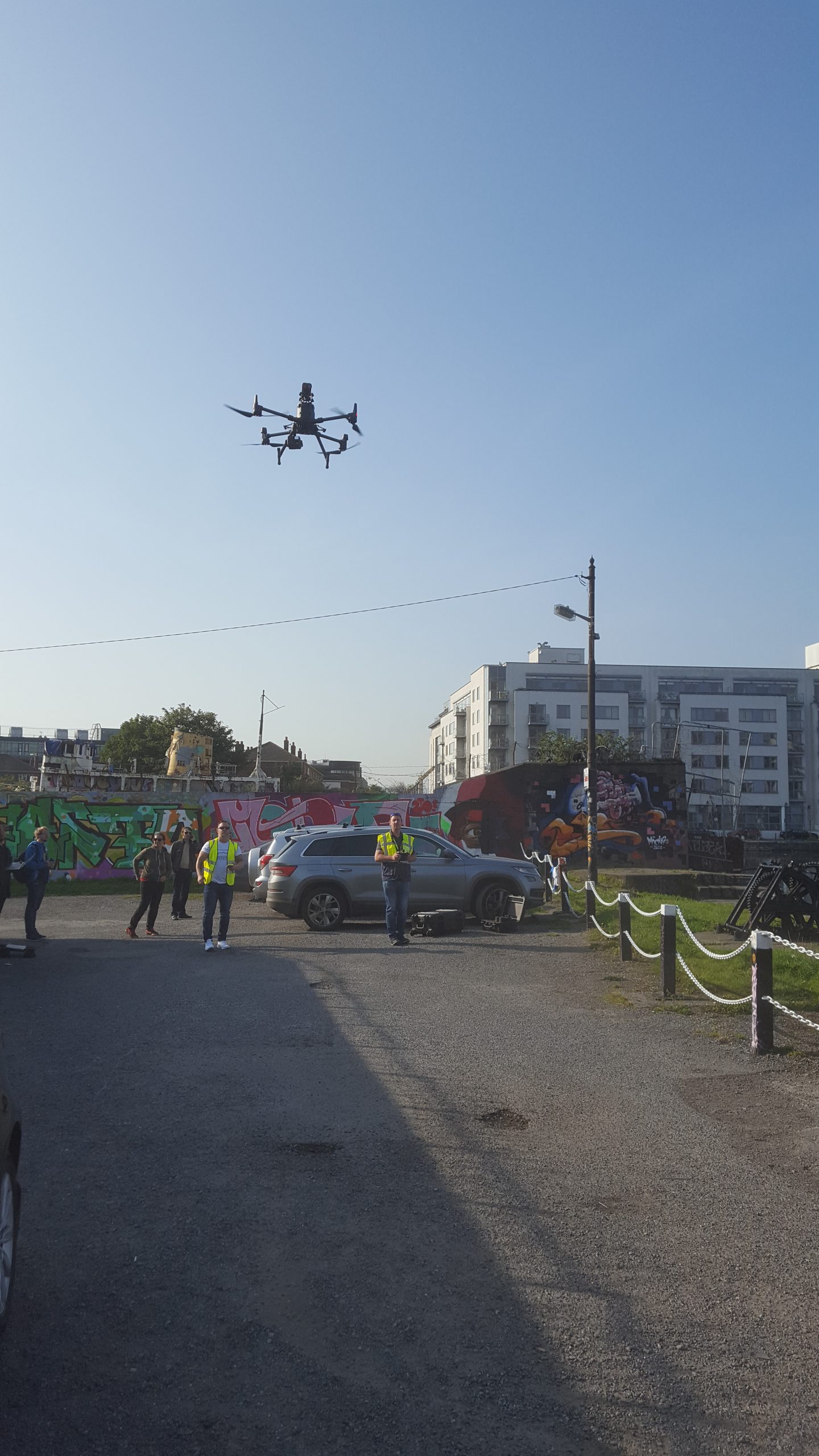Unmanned Aerial Vehicle (UAV) technology is becoming increasingly used in a variety of applications including important medical and food deliveries in light of Covid-19. Currently however, most deliveries are constrained by the distance of the UAV and its pilot. To enable future use-cases not constrained by remote piloting distances, the devices will need to be connected into cellular networks. Existing research on UAV cellular connectivity shows that UAVs encounter significant issues with existing networks, such as strong interference and antenna misalignment.
Unmanned Aerial Vehicles in the age of 5G
Project Objectives
In this work, we measure the performance of a UAV user when it connects to an experimental two-tier cellular network in two different areas, which includes massive MIMO macrocells and wirelessly-backhauled small cells. We measure Reference Signal Received Power (RSRP), Reference Signal Received Quality (RSRQ), Signal to Interference and Noise Ratio (SINR), and the downlink throughput, in order to understand how height and distance of UAV flights affect performance.
The experiment consisted of flying a handset which operated on Band 42 (3.6GHz) attached to a UAV through the urban area where the testbed is active at different heights above ground, while measuring the Key Performance Indicators (KPIs) of RSRP, RSRQ and SINR. For this experiment we used a DJI Matrice M300 UAV carrying a Google Pixel 3 handset. We designated two areas in the environment denoted as Grand Canal Quay (GCQ) and North Wall Quay (NWQ), where the water gives large open spaces suitable for flying but is flanked by buildings that create shading from the macro cells.

Civic Dollars was one of the five winning proposals selected for the first call for pilots launched in March 2021, which addressed three key community needs that had been previously identified with the Community Survey: mental health; population health management; and Covid-19 impact. Civic Dollar is a local currency project, aimed to enable people to earn digital currency by spending time in local parks.

Project Outcomes
Our results have shown that the network performance deteriorates as the UAV increases its height, due to the effects of antenna radiation pattern misalignment, increased distance to the cells, as well as increased interference. This resulted in the macrocell throughput dropping by more than 30% as the UAV moved from 30 meters above ground to 120 meters. We observed that the macrocell suffered more from this performance degradation than the small cells, which were able to provide a relatively consistent data throughput across all heights. However, we also observed that the handset experienced a very large number of handovers from the small cells, which fluctuated dramatically with the height.
The UAV handed over solely to the small cells in North Wall Quay, with significant added performance compared to the flights in Grand Canal Dock that relied on macrocells
What all this means is that the future networks of a built up environment would require a mixture of macro and small cell sites to enable more robust connectivity. Small cells showcase themselves prominently in this instance, though further research should be undertaken to optimise for unnecessary handovers that is presumably impacting results.
